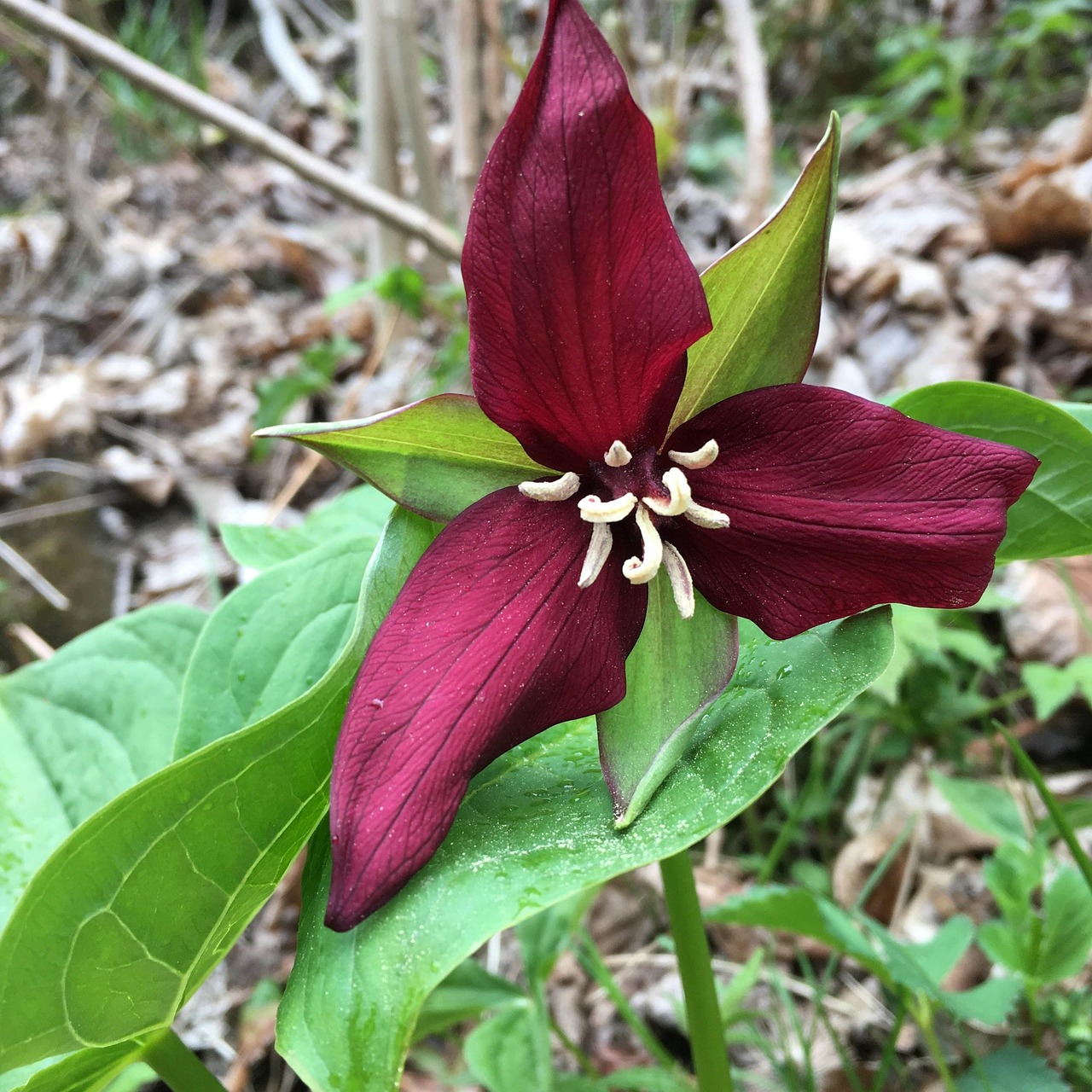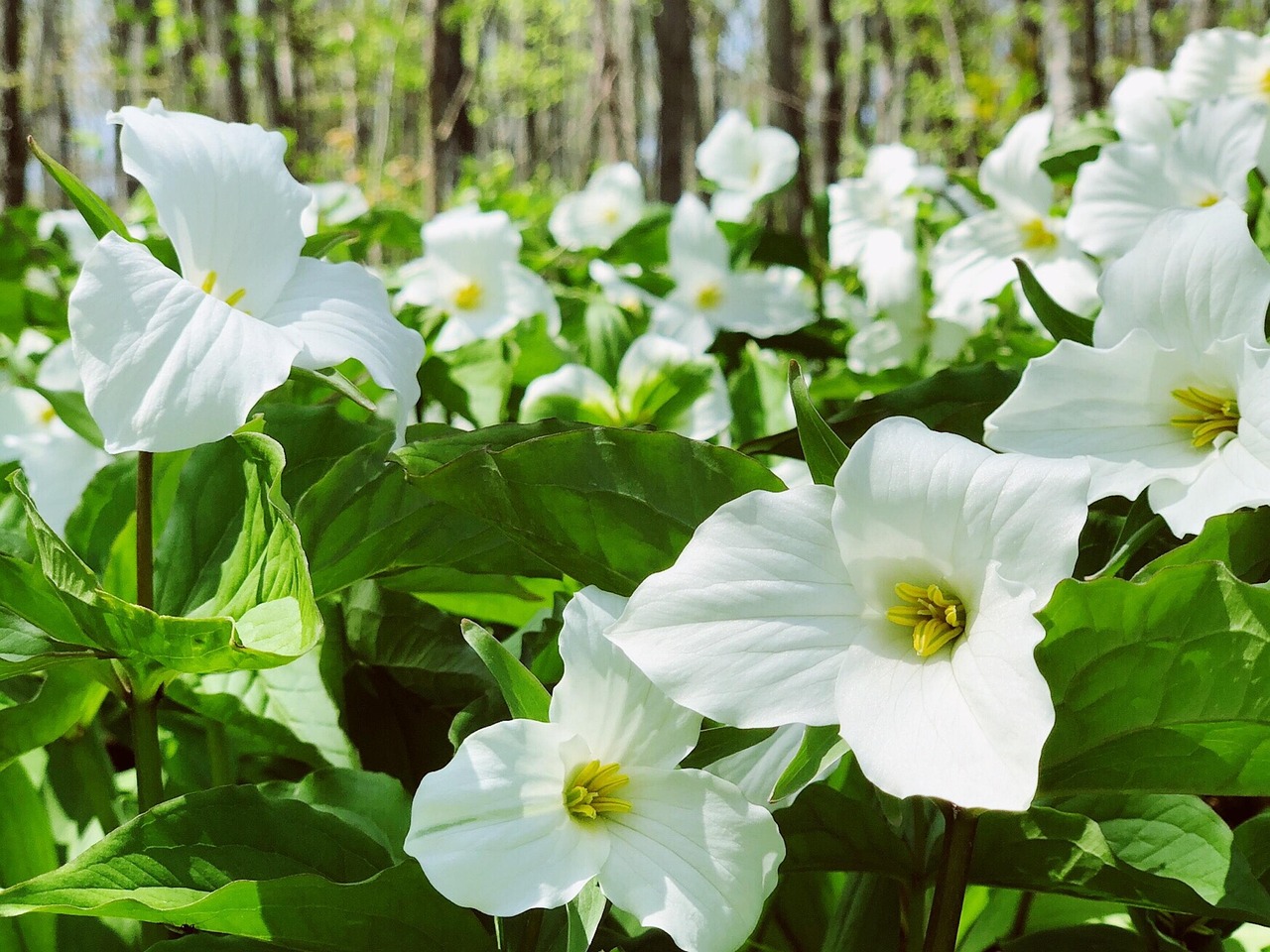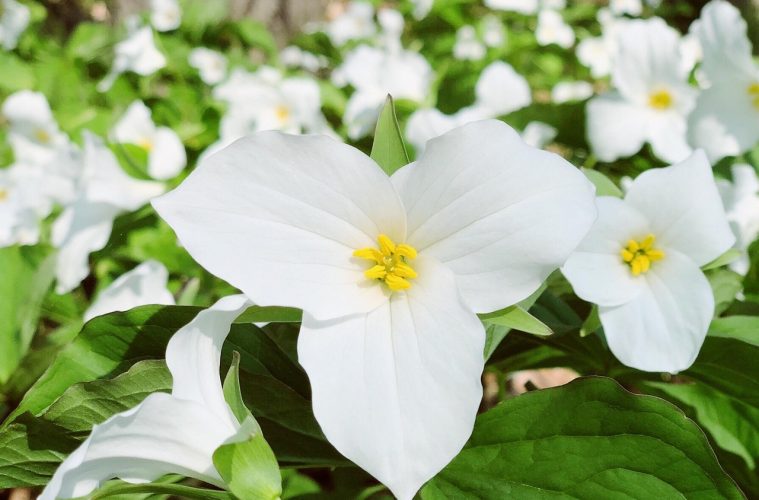Appalachian wildflowers are a term used for wildflowers that grow wildly in the Appalachian mountains. One of these flowers, the trillium, has become a symbol to the LGBTQ+ community as it has both male and female flower features. This can be seen as a sign of natural inclusivity even in nature.
Just like countries and organisations have flowers as symbols, this flower is the perfect symbol for the LGBTQ+ community.

Image credit: Pixabay
How the trillium flower became a symbol
Because trillium flowers feature both female pistils and male stamens, early biologists referred to the plant as bisexual. Although we now consider these self-pollinators to be intersex, some scholars point to this early (albeit inaccurate) usage of the term “bisexual” as additional evidence for the flower’s symbolic meaning.
In spite of the error, trillium flowers become very popular in the bi community. A Mexican Bi Pride flag with a white trillium flower in the middle was designed in 2001 by artists and activists Francisco Javier, Lagunes Gaitán and Miguel Ángel Corona. In 2002, it made its premiere in Mexico City’s Pride parade.

Image credit: Pixabay
Trillium flower as an icon
These days, LGBTQ+ variations of the trillium bloom are frequently seen at different Pride celebrations throughout the world. Additionally, pictures of the flower are still appearing globally in bi+ (a catch-all phrase for multi-gender attractions, including omnisexual and pansexual) art, ranging from clothing to personalized prints.
In a world where nature represents a country and its people, and organisations and those who affiliate with it, the trillium flower is a symbol of belonging and identity to the LGBTQ+ community. Whether it is grown, painted, or printed on clothing, a tote bag, or a flag.
ALSO SEE: 4 SOUTH AFRICAN WILDFLOWERS TO ADD TO YOUR GARDEN
Image: Pexels

